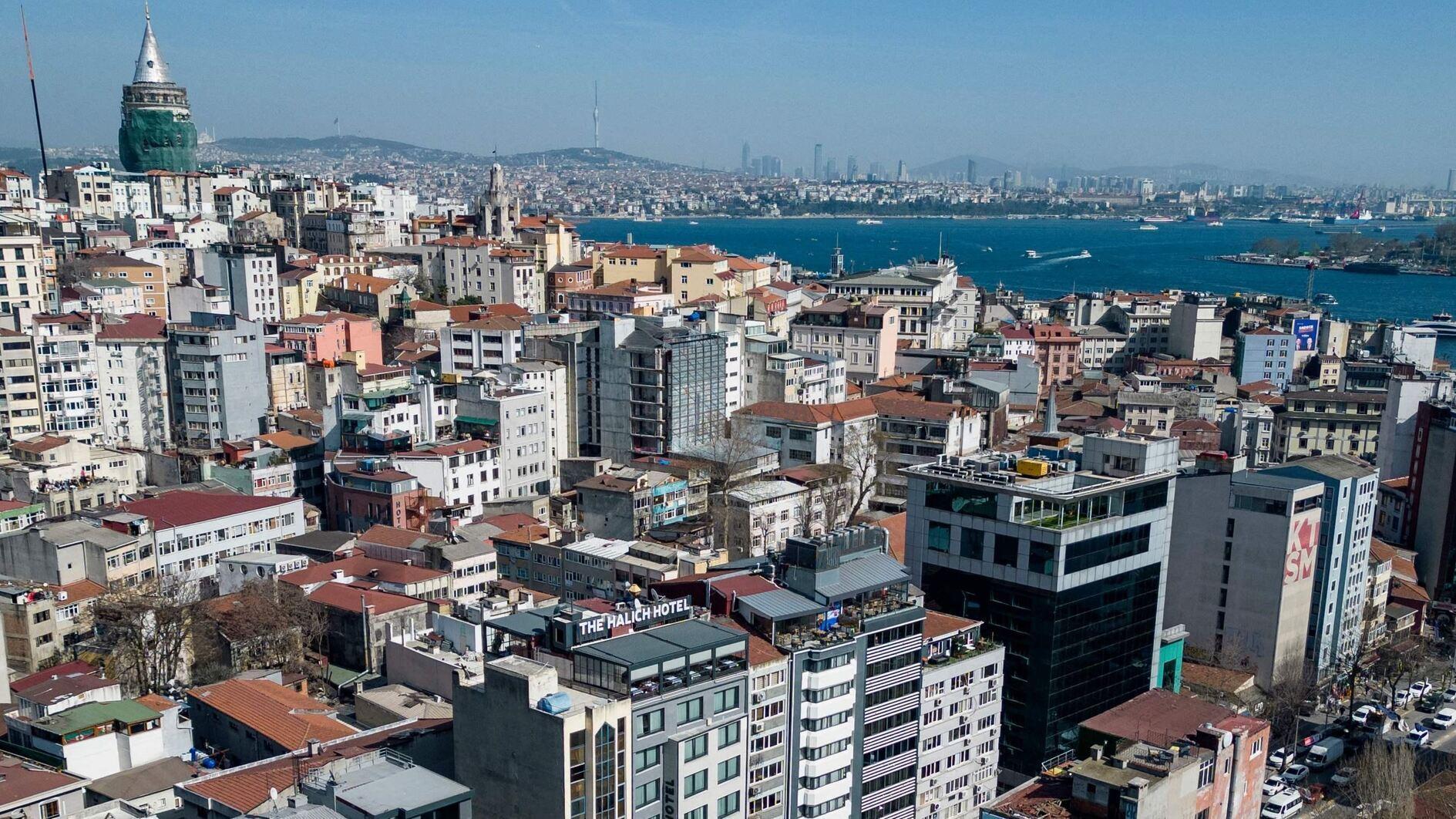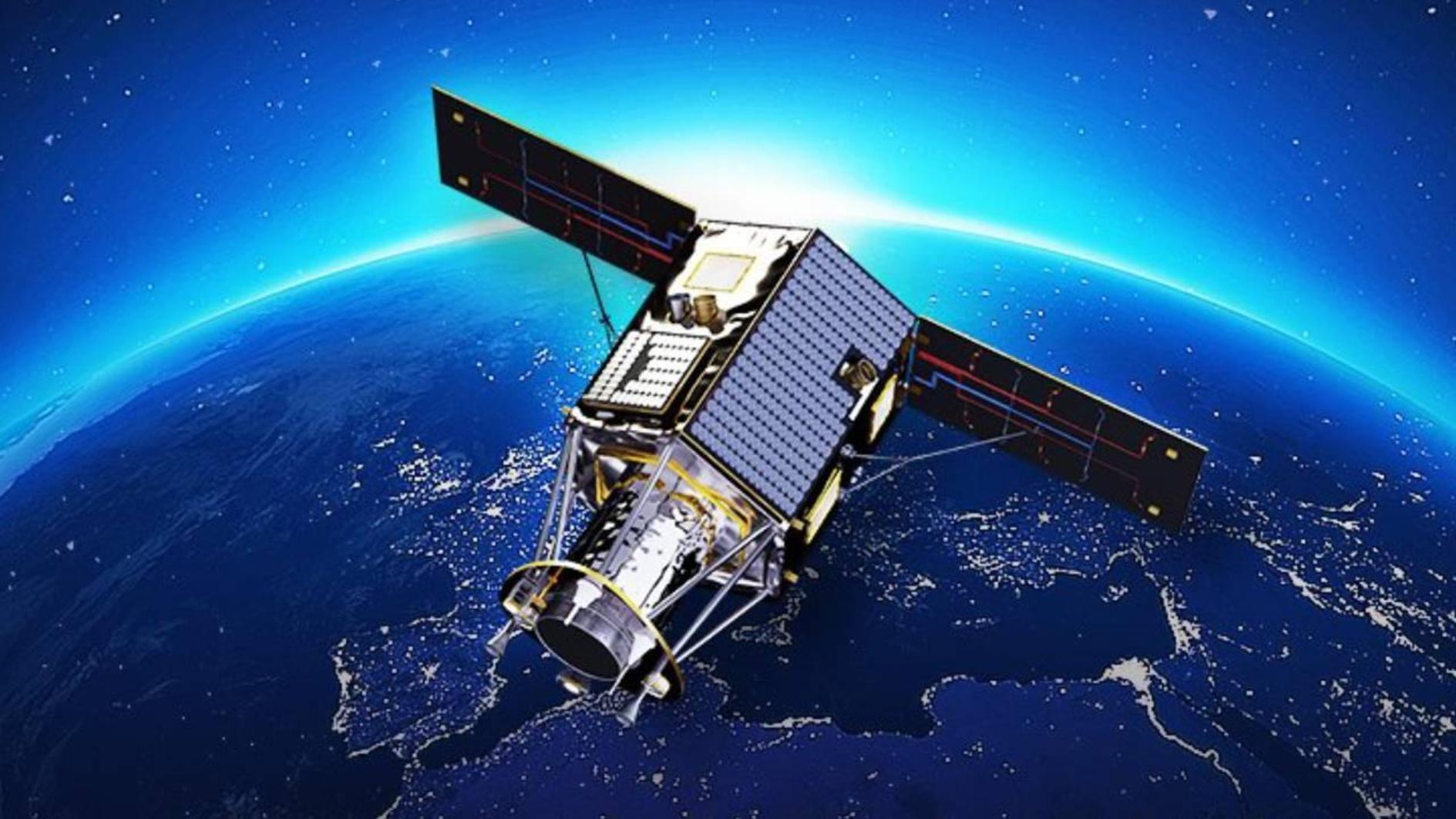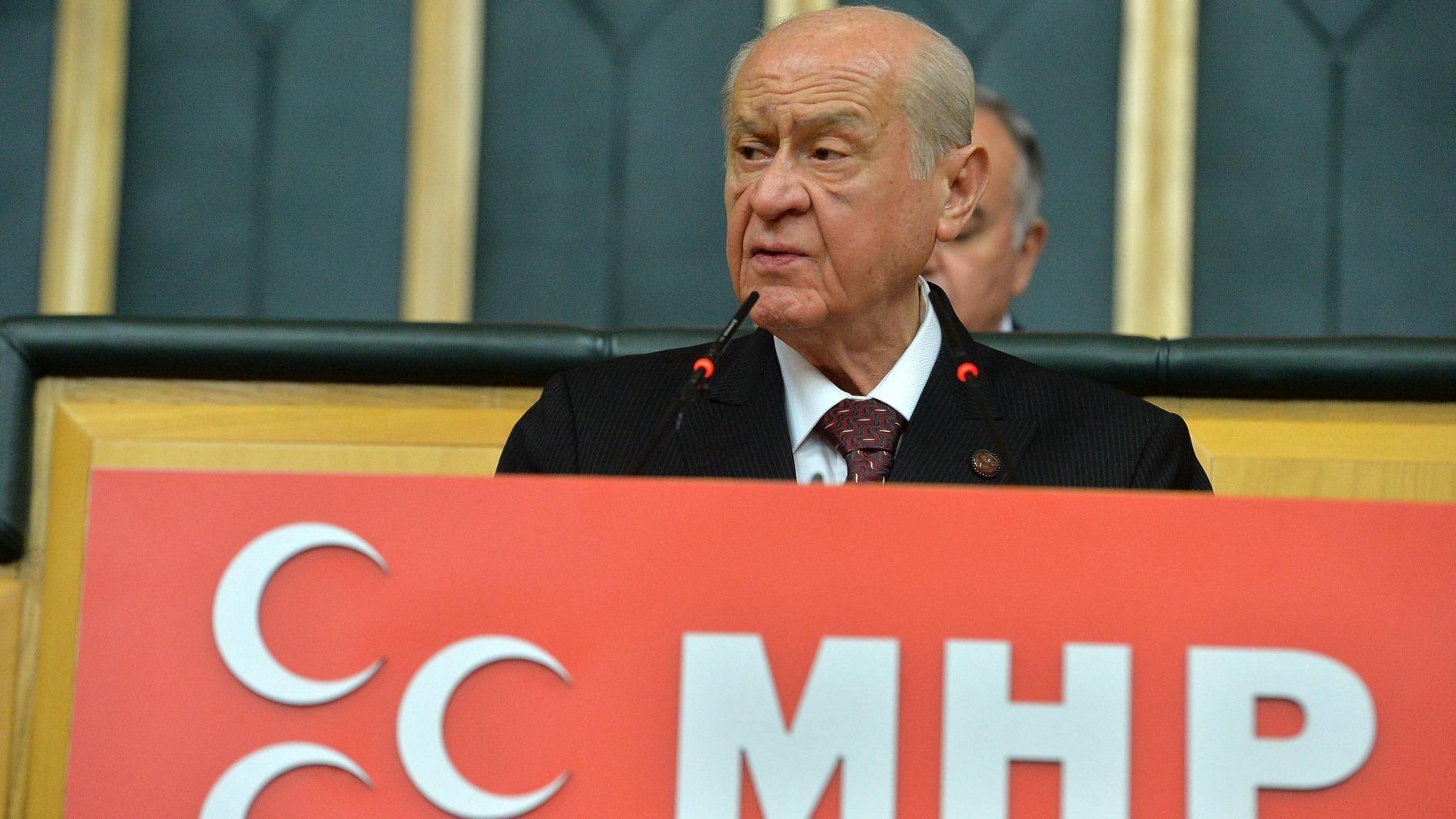The Sino-Turkish strategic partnership amid new initiatives
Mehmet ÖĞÜTÇÜ BEIJING / LONDON

REUTERS photo
Two recent initiatives will likely galvanize the “Middle Kingdom” – already the world’s most populous country, second largest economy, number-one trading nation, and biggest energy consumer – into further consolidating its global ambitions.One is President Xi Jinping’s brainchild – a web of new secure energy, trading, transport, communications land and maritime corridors and investment schemes reaching out to Europe, Eurasia, the Middle East/Gulf and Africa. They include the Silk Road Economic Belt, the China-Pakistan Economic Corridor, the Bangladesh-China-India-Myanmar Economic Corridor and other “March West” initiatives, all requiring hundreds of billions of dollars infrastructure investment.
The ancient Silk Road, famously traveled by Italian explorer Marco Polo, connected China and India with Persia, Arabia, East Africa, Turkey and the eastern Mediterranean. Today, China has an ambitious vision to revive it by creating a 21st-century corridor from Shanghai in the east of China, stretching 8,000 miles across China, Mongolia, Central Asia and Turkey, all the way to Berlin.
We are talking about roads and motorways, railways, power lines, energy distribution networks and fiber-optic cable lines. Cities and ports en route would also be redeveloped. But there’s more – a ‘Maritime Silk Road’ – linking China with the Persian Gulf and the Mediterranean via the China Seas and across the Indian Ocean.
To give you an idea of the scale of this – it would cover some 4.4 billion people (remember that the global population is 7 billion) and one-third of the earth’s circumference. The economic output of the region covered is $21 trillion.
China’s connections with these regions have expanded considerably in the past decade. Having grown fivefold since 2003, Sino-European trade, for example, reached $559 billion in 2013, solidifying the EU as China’s largest trading partner for the past 10 years.
While the EU has invested more in China than the latter’s direct investment in the former, the EU is expected to attract $250 billion to 500 billion more Chinese direct investment by 2020. A scenario likely to occur in the next few years is that China will invest more in Europe, instead of vice versa.
The human element is important in such exchanges. In 2013, Chinese citizens made approximately 100 million overseas trips and spent over $100 billion on their trips, overtaking the United States and Germany as the world’s number-one tourist spending nation. Today nearly one-third of the world’s personal luxury goods are bought by Chinese consumers.
Central Asia is key to China’s security and access to Eurasia. China has already become the largest trading partner of all five Central Asian republics; its trade with the region is now more than double that of Russia. China has built major oil and gas pipelines across Central Asia that cut through Russia’s long-standing stranglehold on the region’s energy exports.
Through increasing trade and investment, China’s growing presence has also reshaped the landscape in Africa. While negligible two decades ago, China-Africa trade reached $200 billion in 2013, which makes China Africa’s largest trading partner today. China’s cumulative investment in Africa exceeded $150 billion by the beginning of 2014.
The second major element of China’s strategy is the determination to upgrade its technology and manufacturing capacities. China’s Communist Party launched a major 10-year “Made in China 2025” campaign, aimed at spending more on R&D and innovation, transforming its manufacturing sector and pushing the country beyond labor-intensive work into more sophisticated sectors.
China wants to jump into areas such as robotics, aerospace, automation, jet planes, advanced medical devices, energy-saving vehicles, marine engineering and high-end ships, deep-sea exploration and equipment for electric power and agriculture.
Still, the campaign is in its infancy. If realized, top beneficiaries are likely to be Lenovo, Zhengzhou Yutong Bus, Zoomlion Heavy Industry Science & Technology, Great Wall Motor and Sino Biopharmaceutical.
China has reached the glass ceiling in sustainable growth. The new “normal” GDP growth rate is 7-8 percent.
Industrial profits are down, particularly at state-owned enterprises. Companies want to focus on high end and value added manufacturing while moving low-cost factories to the poor hinterland or overseas to keep costs down, with Vietnam and Cambodia topping the list of preferred destinations.
Investing in human capital, technological upgrades, security of its trading routes and borders, as well as opening new economic corridors to high-value international markets, will get China to where it wants to be by 2040 as the world’s superpower – unless there are some unforeseen risks undermining its huge potential between now and then.
For countries like Turkey, which is at the heart of these critical corridors, there are valuable lessons to learn in terms of how China has done so well, what it aspires to achieve and in what ways to benefit from such gains in trade, investment, technology, regional integration and security through “win-win partnerships.”
During my recent two consecutive visits to Beijing in June in less than a month and discussions with Chinese political and business leaders, I am once again convinced that the future points to a stronger Sino-Turkish strategic partnership, of course without neglecting other pillars of our global engagement.
* My thanks to Victor Gao for his ideas that contributed to this piece.
















